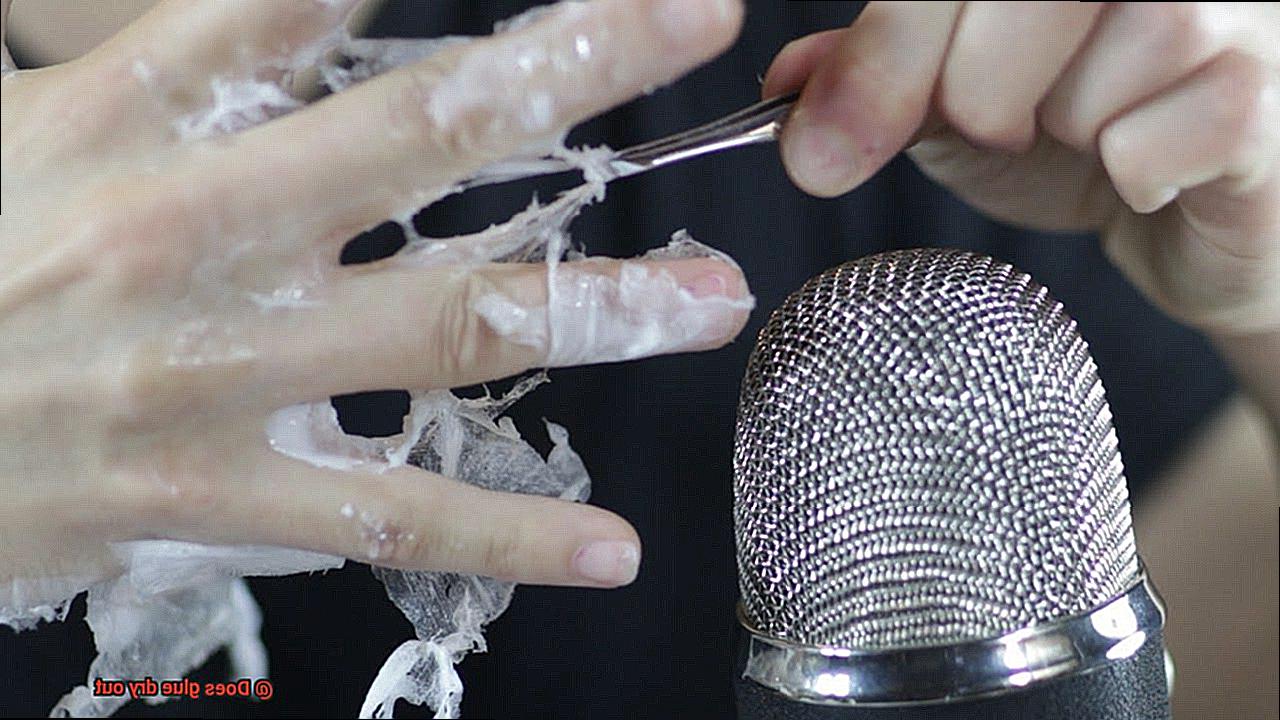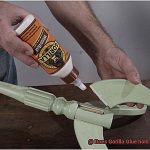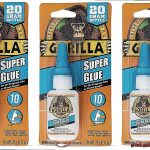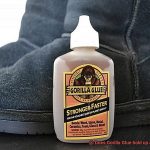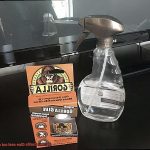Glue – the sticky substance that holds our world together. It’s a versatile material that we use in everyday life, from fixing broken toys to creating beautiful works of art. But what happens when you forget to cap the bottle and leave it out for too long? Does glue dry out? You bet it does.
In this blog post, we’ll be exploring the science behind this fascinating question. We’ll take a deep dive into the different types of adhesives and their unique properties. We’ll also uncover the reasons why glue dries out and share some tips on how to prevent it from happening.
We’ll also reveal some insider secrets on how to revive dried-out glue and bring it back to life. That’s right – no need to throw away that bottle just yet.
Proper storage is key when it comes to maintaining your glue’s adhesive properties. We’ll provide you with some handy tips on how to store your adhesive correctly so that you can avoid any unnecessary wastage.
Whether you’re a DIY enthusiast or a professional adhesive user, this blog post is a must-read for anyone who wants to understand the mysteries of glue. Get ready for an eye-opening journey into the world of adhesives – you won’t be disappointed.
What is Glue?
Contents
Glue is a marvelous substance that binds two surfaces together to create a strong and long-lasting bond. It can be made from a variety of materials such as animal hides, bones, or even milk.
In today’s market, there are multiple types of glue, each with its unique properties and uses. White glue is a water-based adhesive commonly used in schools and homes for arts and crafts projects. Super glue, on the other hand, is a fast-drying adhesive that creates an almost instant bond between two surfaces. Epoxy glue is a two-part adhesive that requires mixing before use and provides an incredibly strong bond once it dries.
One of the most common questions about glue is whether it dries out over time. The answer is yes, but proper storage can help prolong its lifespan and effectiveness. Glue can dry out if it is not stored properly or exposed to air for an extended period. The drying out process occurs when the solvents and water present in the glue evaporate, leaving behind a solid residue that can no longer bond materials together.
To prevent your glue from drying out, store it properly by keeping it in an airtight container or sealing it with a cap. Certain types of glue may require refrigeration to maintain their effectiveness and prevent evaporation.
When applying glue, it’s essential to follow the manufacturer’s instructions carefully for best results. There are various methods of application such as brush, roller, or spray-on application. Choosing the right type of glue for your project can ensure that you achieve the best possible results.
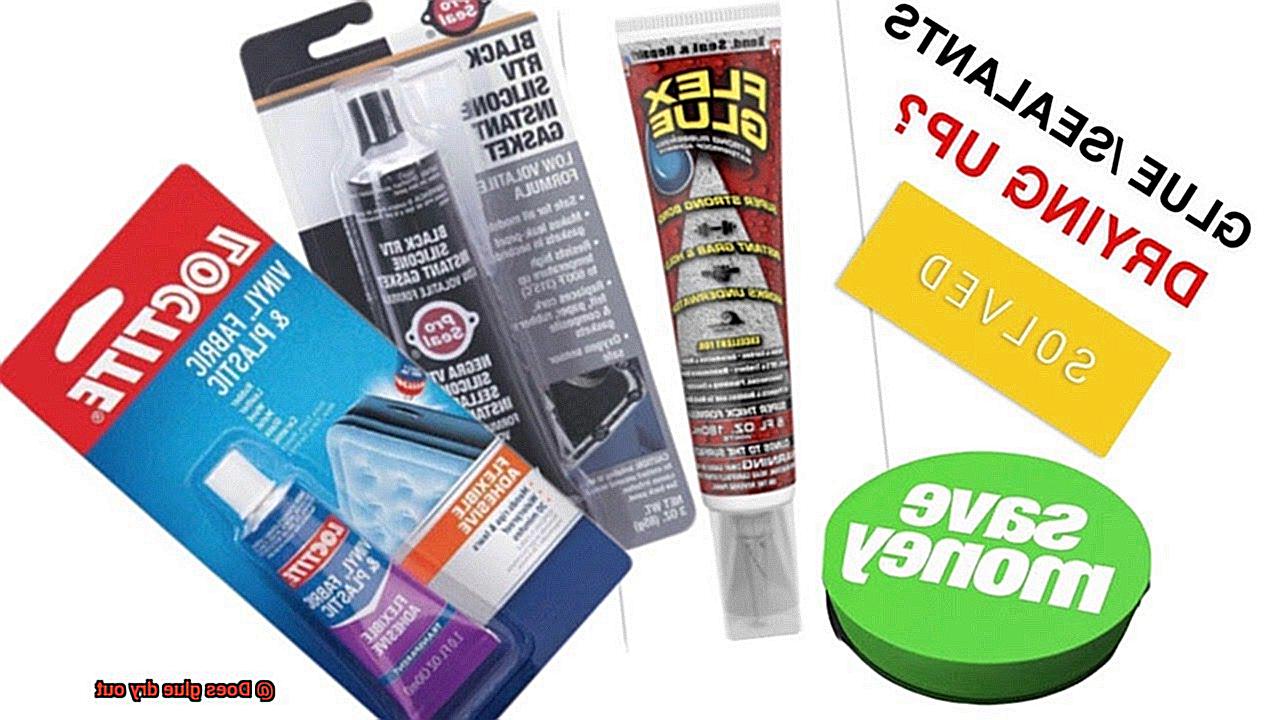
Does Glue Dry Out?
Yes, glue does dry out, and it’s important to understand why.
The drying out of glue occurs due to the evaporation of solvents or water present in it. Solvent-based glues contain a liquid that evaporates when exposed to air, leaving behind a hardened adhesive. On the other hand, water-based glues dry out due to the loss of water content as it evaporates. Both types of glue can dry out over time, especially if they are not stored correctly.
Now, let’s talk about some factors that affect the drying time of glue. The type of glue, humidity, temperature, and thickness of the glue layer all play a significant role. Some types of glue may take only a few minutes to dry out, while others may take several hours or even days. Similarly, high humidity and low temperatures can slow down the drying time of glue.
To prevent your glue from drying out, it is essential to store it properly. Solvent-based glues should be kept in an airtight container away from heat and direct sunlight. Water-based glues should be stored in a cool and dry place. Additionally, keeping the lid tightly closed when not in use can prevent air exposure and prolong the shelf life of your adhesive.
Pro tip: If you’re using glue for a project, make sure to apply a thin layer for faster drying time.
The Drying Process of Glue
The science behind the drying process of glue is fascinating and complex. It all starts with the application of the glue, which is typically a mixture of polymers and solvents that work together to create a strong bond between two surfaces. When the glue is applied, the solvents begin to evaporate, leaving behind a thin layer of polymer that binds the surfaces together.
However, several factors affect how quickly and effectively the glue dries. One of the most critical factors is moisture. If there is too much moisture in the air or on the surfaces being bonded, it can slow down or even prevent the glue from drying correctly. To ensure proper adhesion, it is essential to clean and dry both surfaces before applying any adhesive.
Another significant factor is temperature. Most glues dry faster in warmer temperatures because heat causes the solvents to evaporate more quickly. However, if the temperature is too high, it can cause the glue to dry too quickly, resulting in a weaker bond. Therefore, finding the right temperature balance is crucial to ensuring a reliable bond.
Additionally, different types of glue have varying drying times and properties. For example, superglue dries almost instantly, whereas wood glue may take several hours to dry completely. It is important to consider the type of glue being used to determine how long it will take to dry fully.
Moreover, the size and shape of the surfaces being bonded also impact how long it takes for glue to dry. Thicker applications of glue will take longer to dry than thinner ones. Additionally, larger surface areas will require more time for the glue to fully cure.
How to Prevent Glue from Drying Out
Glue is an essential tool for DIY projects and repairs. However, dried-out glue can be frustrating and render your project unusable. To keep your glue fresh and sticky, follow these five tips:
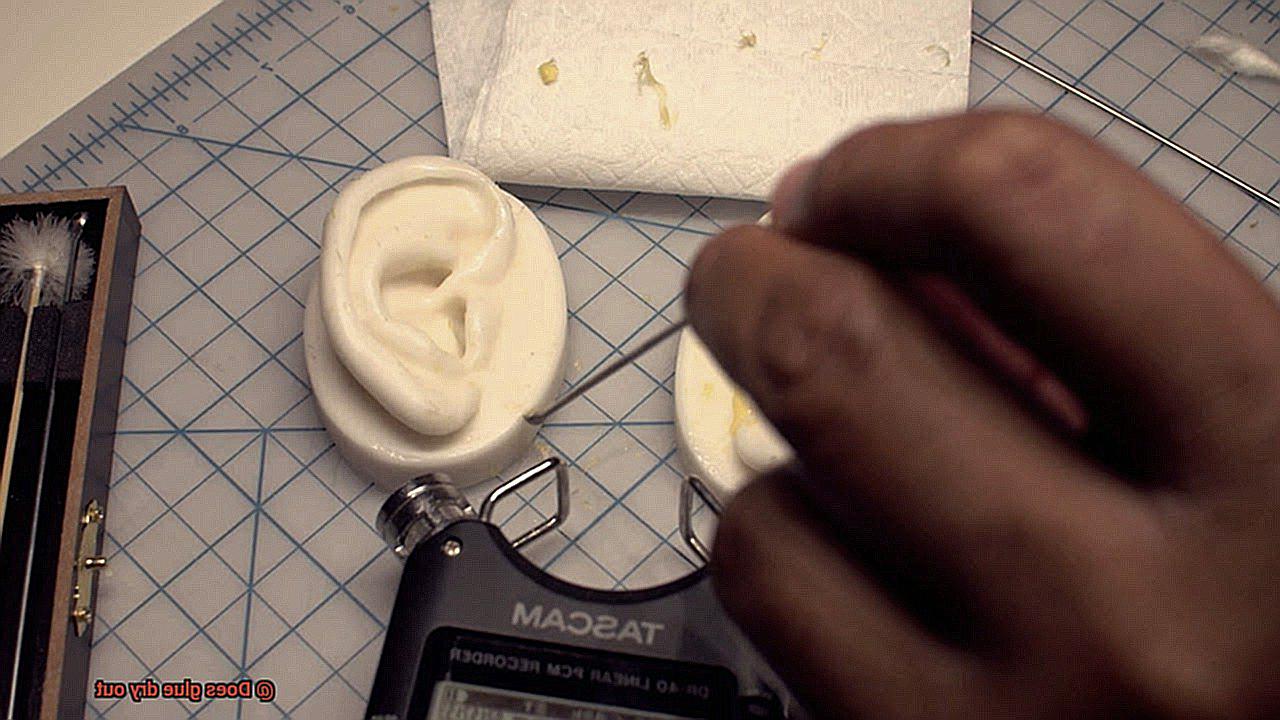
Keep the Cap Closed
To prevent air from entering the container and drying out the glue, always keep the cap tightly closed when not in use. Wipe away any excess glue around the cap before closing it to create a seal that will help keep air out.
Store in a Cool, Dry Place
Heat and humidity can accelerate the drying process of glue, so store it in a cool and dry place. Aim for a temperature between 50-77°F (10-25°C) and avoid storing your glue in areas that are prone to moisture, such as bathrooms or basements.
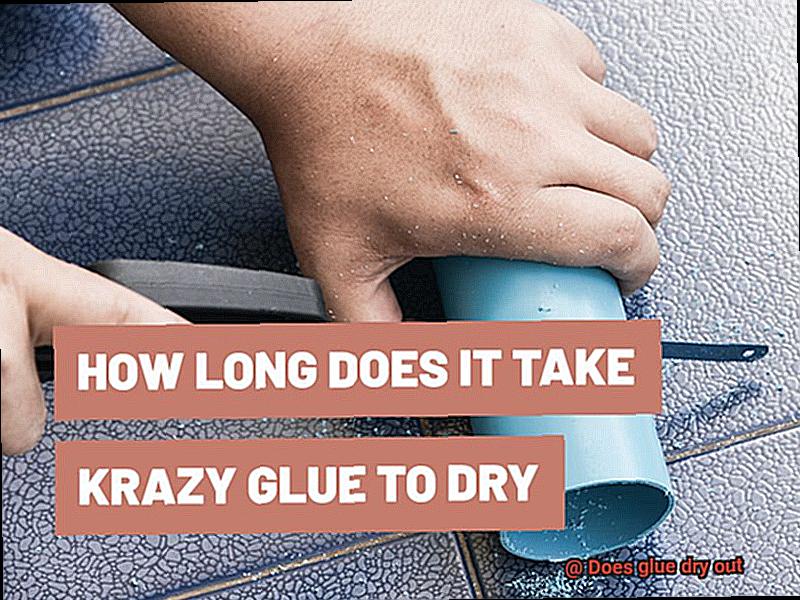
Use a Sealable Container
If you want to take extra precautions, consider storing your glue in a sealable container like a mason jar or plastic container with a tight-fitting lid. This will provide an additional layer of protection against air exposure.
Squeeze Out Excess Air
Before replacing the cap on a tube of glue, squeeze out any excess air. This will minimize air exposure and help keep the glue fresh.
Use Special Caps
Certain types of glue come with special caps designed to prevent drying out. These caps often have a small pin that pierces through the adhesive and prevents air from entering the container. If your glue comes with one of these caps, make sure to use it.
Different Types of Glue and Their Drying Times
However, with so many types of glue available, it can be challenging to know which one to use for your project. To help you make an informed decision, let’s explore the different types of glue and their respective drying times.
PVA Glue
PVA glue is a water-based adhesive that is commonly used in woodworking, paper crafts, and general household repairs. This glue dries clear and can be sanded or painted over once it has dried. PVA glue has a relatively short drying time of 15-30 minutes, depending on the temperature and humidity.
Epoxy Glue
Epoxy glue is a two-part adhesive that is known for its strength and durability. It is commonly used for metal, plastic, and ceramic repairs. Epoxy glue has a longer drying time of approximately 24 hours but sets within 5-10 minutes. This makes it ideal for projects that require a strong bond but can withstand a longer drying time.
Cyanoacrylate Glue
Cyanoacrylate glue, also known as superglue, is a fast-drying adhesive that forms a strong bond in seconds. It is commonly used for small repairs and bonding materials such as plastic and metal. Cyanoacrylate glue dries in seconds but reaches its maximum strength within 24 hours. This makes it perfect for quick fixes.
Hot Glue
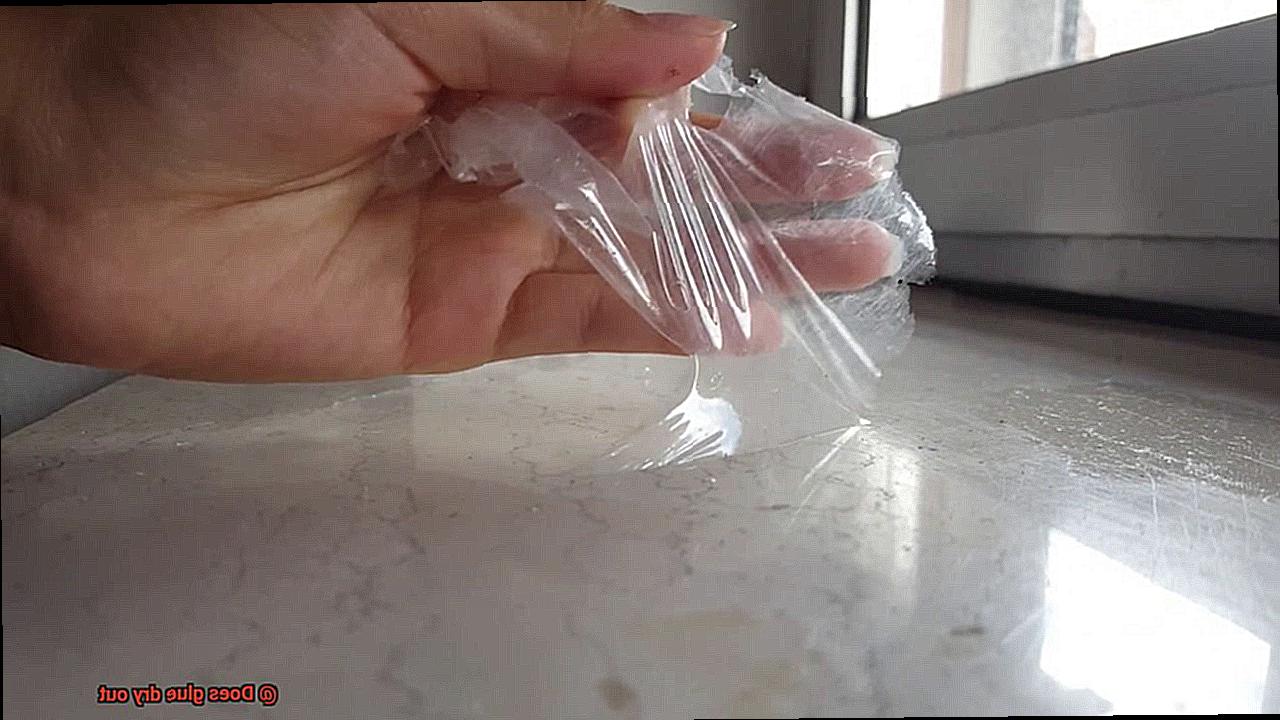
Hot glue is a thermoplastic adhesive that is applied using a hot glue gun. It is commonly used for crafts, DIY projects, and decorations. Hot glue dries quickly within seconds but can take up to 24 hours to reach its full strength. This makes it ideal for projects that require a quick bond but can hold up over time.
Contact Cement
Contact cement is another type of adhesive that is commonly used in construction and woodworking. It dries quickly and forms a strong bond between two materials when they are pressed together. Contact cement has a relatively short drying time of around 15-20 minutes, making it ideal for projects that require a fast bond.
Specialty Glues
Finally, there are also specialty glues such as hot melt glue, which is applied using a heated gun and dries quickly upon contact with the surfaces being bonded. Specialty glues can have varying drying times depending on their intended use and composition.
Tips for Storing and Using Adhesive Products
Adhesive products are a go-to item in any DIYer’s toolbox, but it’s essential to understand that proper storage and usage are crucial for their longevity and effectiveness. Here are five tips for storing and using adhesive products to help keep them in top shape.
Store Adhesive Products in a Cool, Dry Place
Adhesive products are sensitive to temperature and humidity, so it’s critical to store them in a cool, dry place. Exposure to heat or moisture can cause the glue to dry out or become less effective. The ideal storage location is away from direct sunlight or heat sources like radiators or stoves.
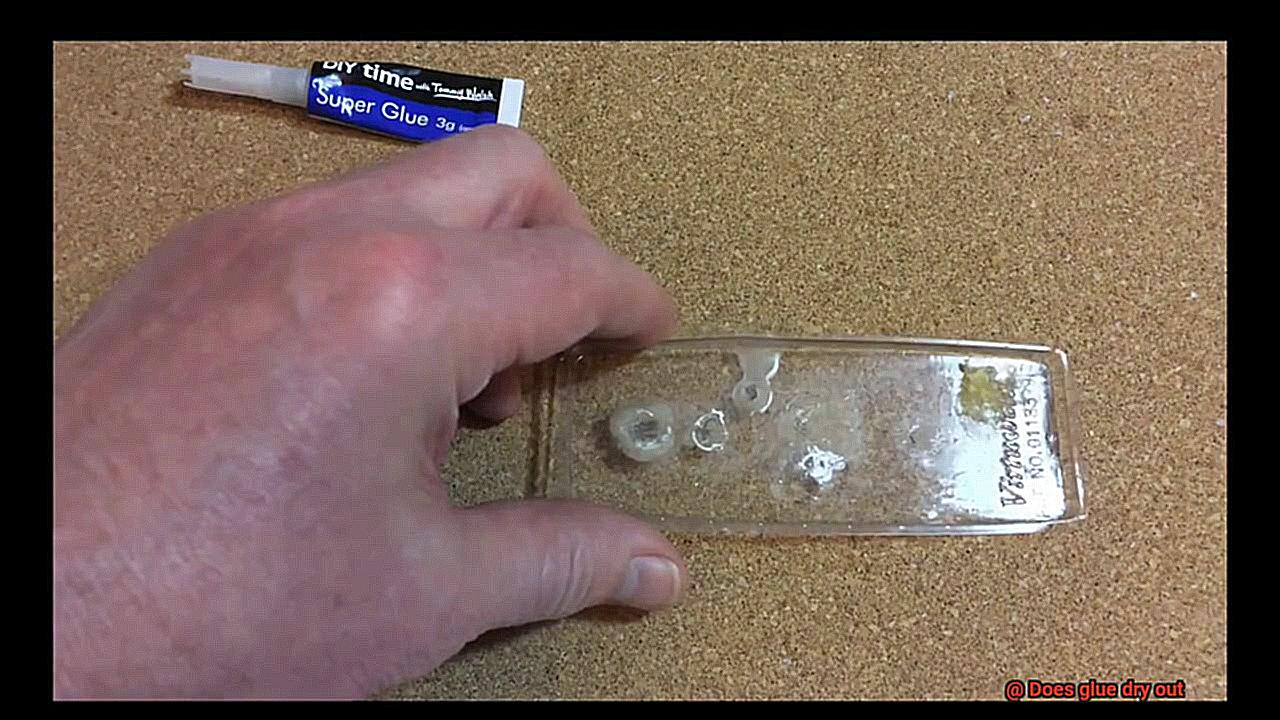
Keep Adhesive Products Tightly Sealed
Properly sealing adhesive products after use can prevent them from drying out or becoming hard. Make sure to close the container tightly and wipe away any excess glue from the edges before sealing. This will help prevent air from entering the container and causing the adhesive to dry out.
Use Adhesive Products at Room Temperature
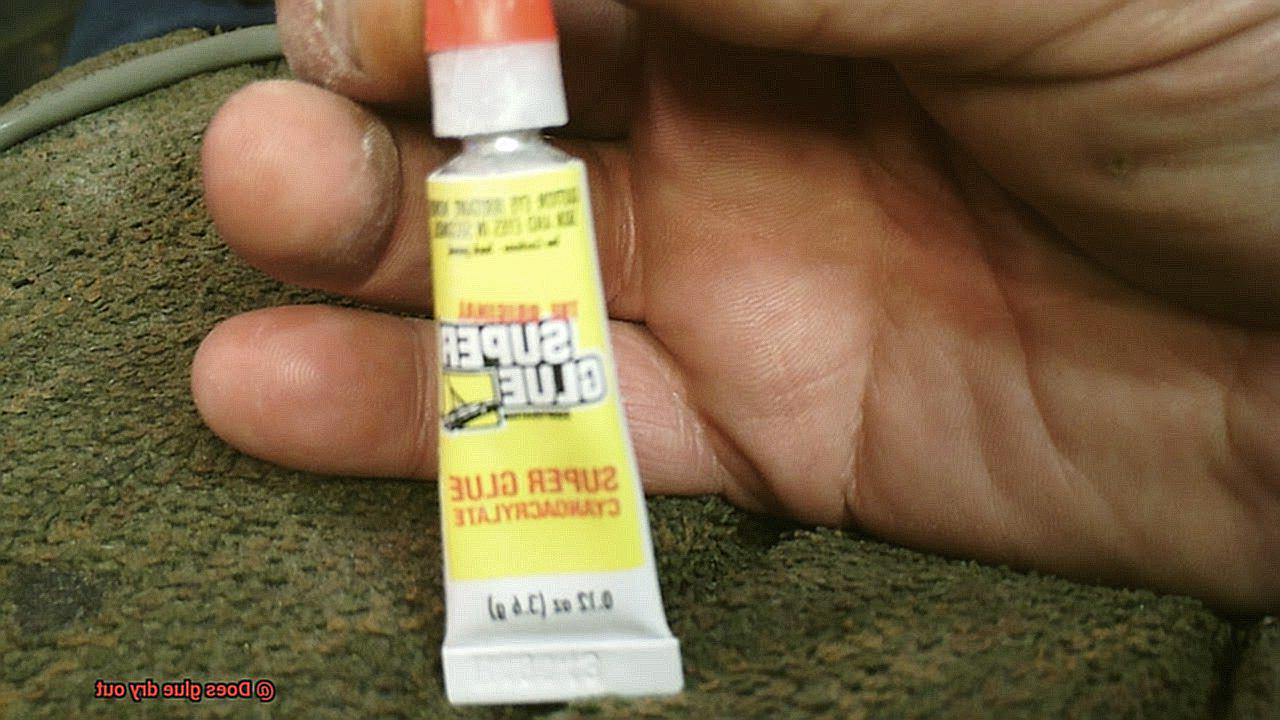
Using glue that has been stored in a cold environment may not adhere properly, so it’s essential to use them at room temperature. Allow the adhesive product to come to room temperature before using it. This will ensure optimal performance and help prevent them from drying out prematurely.
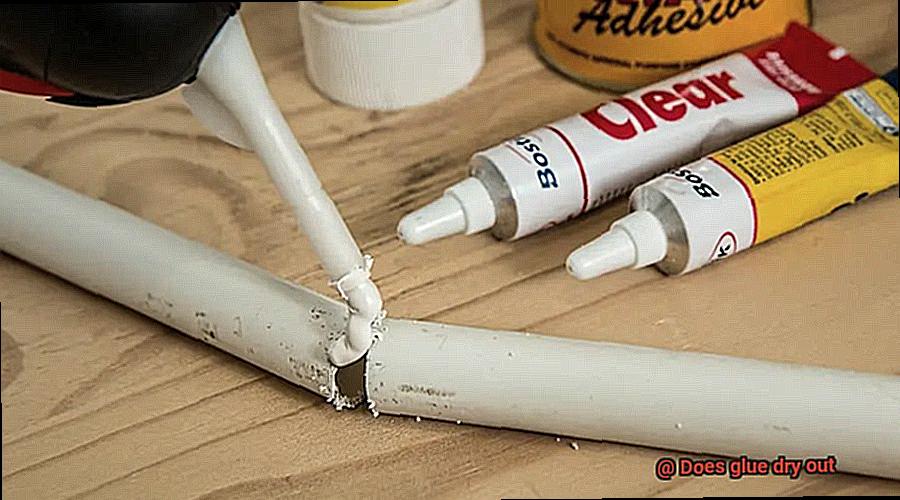
Use Only the Amount You Need
Using too much glue can not only lead to messy and uneven application but can also cause the product to dry out faster. Use only the amount you need for the task at hand, and avoid over-applying.
Follow the Manufacturer’s Instructions Carefully
Different adhesive products have different application methods and drying times. It’s crucial to follow the manufacturer’s instructions carefully when using any adhesive product. This will ensure that you are using the product correctly and getting the best results.
What to Do if Your Glue Has Already Dried Out
Glue is a versatile adhesive that can be used for various DIY projects or everyday tasks. However, if you have opened your glue bottle and left it unattended for too long or haven’t stored it properly, you might find yourself with a dried-out mess. Don’t panic. There are several ways to revive dried-out glue and get back to your project.
Adding Water: The Saviour
One of the easiest and simplest methods to revive dried-out glue is to add a few drops of water. This rehydrates the glue, making it more usable. However, it is important to add only a small amount of water and mix it thoroughly. Adding too much water can dilute the glue, making it ineffective.
Using Heat: Soften the Glue
Another method to soften dried-out glue is by using heat. You can place the glue bottle in warm water or use a hairdryer on low heat to warm up the glue. Once the glue has softened, you can stir or shake it to mix it.
Vinegar: The White Glue Solution
If you’re dealing with dried-out white glue, vinegar can be an effective solution. Mix equal parts white vinegar and warm water and add it to the dried-out glue. Stir the mixture until the glue has softened and become more usable.
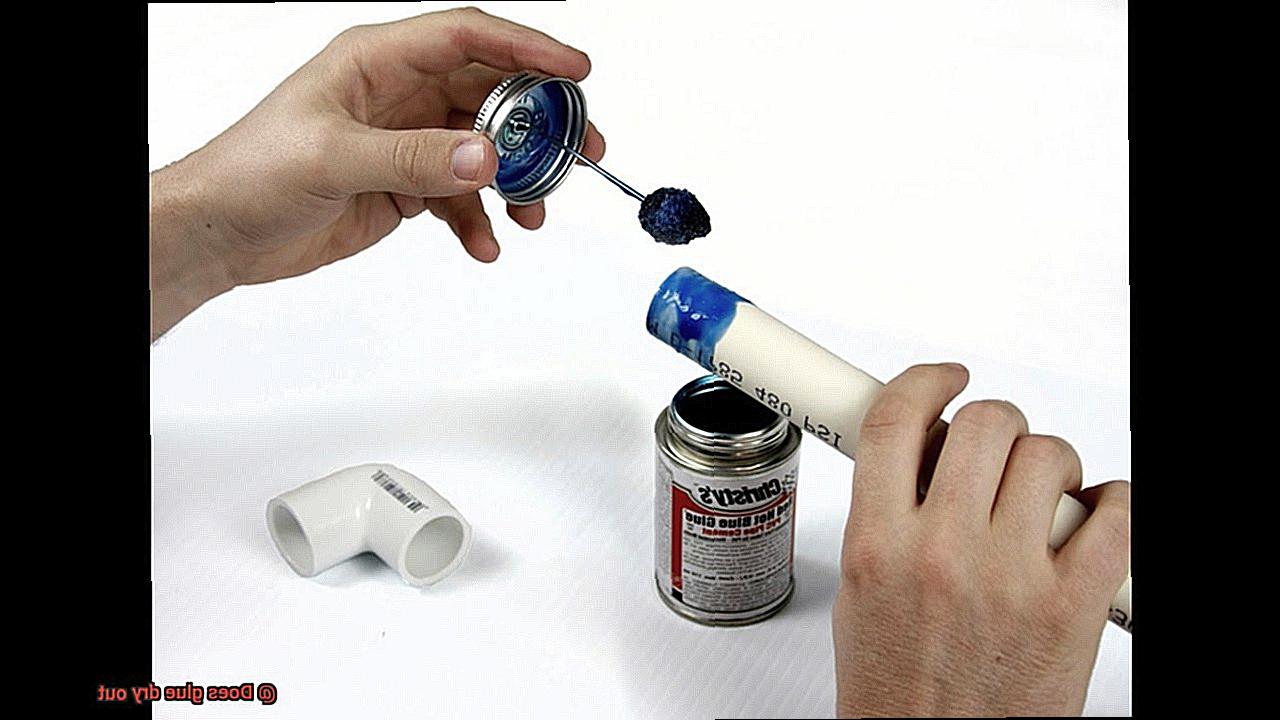
Solvents: The Super Glue Fix
For solvent-based glues like super glue or epoxy, using a solvent like acetone or rubbing alcohol can help revive dried-out glue. Add a small amount of solvent to the glue and mix well until it becomes more pliable.
When all else fails: Purchase a New Bottle
If all else fails, it may be time to purchase a new bottle of glue. However, you can prevent this from happening in the future by storing your glue in a cool and dry place away from direct sunlight. Be sure to seal the cap tightly after each use to prevent air from entering and drying out the glue.
h1tbjyd2qjA” >
Also Read: How Long Does Super Glue Take to Dry?
Conclusion
Glue is a staple tool for DIY enthusiasts and professionals alike. But, the question on everyone’s mind is, does glue dry out? The answer is an unfortunate yes. However, there are ways to extend its lifespan and effectiveness through proper storage.
When glue is exposed to air or not stored correctly, it can dry out over time. The drying process occurs when the solvents and water evaporate, leaving behind a solid residue that can no longer bond materials together. To prevent this from happening, it’s essential to store your glue in an airtight container or seal it with a cap. Some types of adhesive may even require refrigeration to maintain their effectiveness.
It’s also crucial to choose the right type of glue for your project as different adhesives have varying properties and drying times. Following the manufacturer’s instructions carefully during application will also ensure optimal results.
If you do find yourself with dried-out glue, don’t fret. There are several ways to revive it, including adding water or using heat. However, prevention is always better than cure. Proper storage and usage will help prolong your adhesive products’ life span and save you from unnecessary wastage.
In conclusion, while glue may dry out over time, taking proper care of it will ensure that it remains effective for all your projects.

